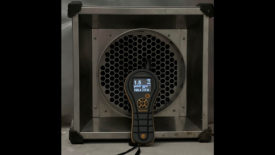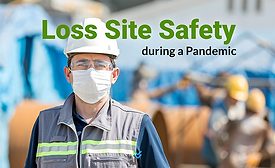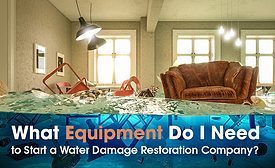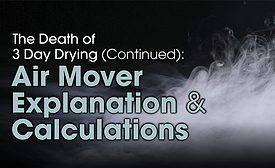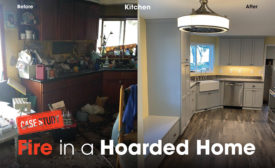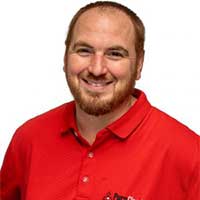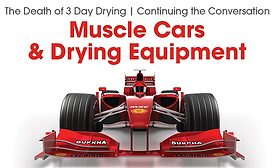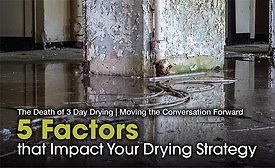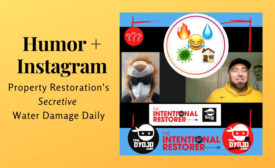Home » Keywords » water mitigation
Items Tagged with 'water mitigation'
ARTICLES
The Death of 3 Day Drying | Moving the Conversation Forward
5 Factors that Impact Your Drying Strategy
Read More
The Intentional Restorer
Humor + Instagram: Property Restoration's Secretive Water Damage Daily
Read MoreGet our new eMagazine delivered to your inbox every month.
Stay in the know on the latest disaster restoration and remediation trends.
SUBSCRIBE TODAY!Copyright ©2022. All Rights Reserved BNP Media.
Design, CMS, Hosting & Web Development :: ePublishing

